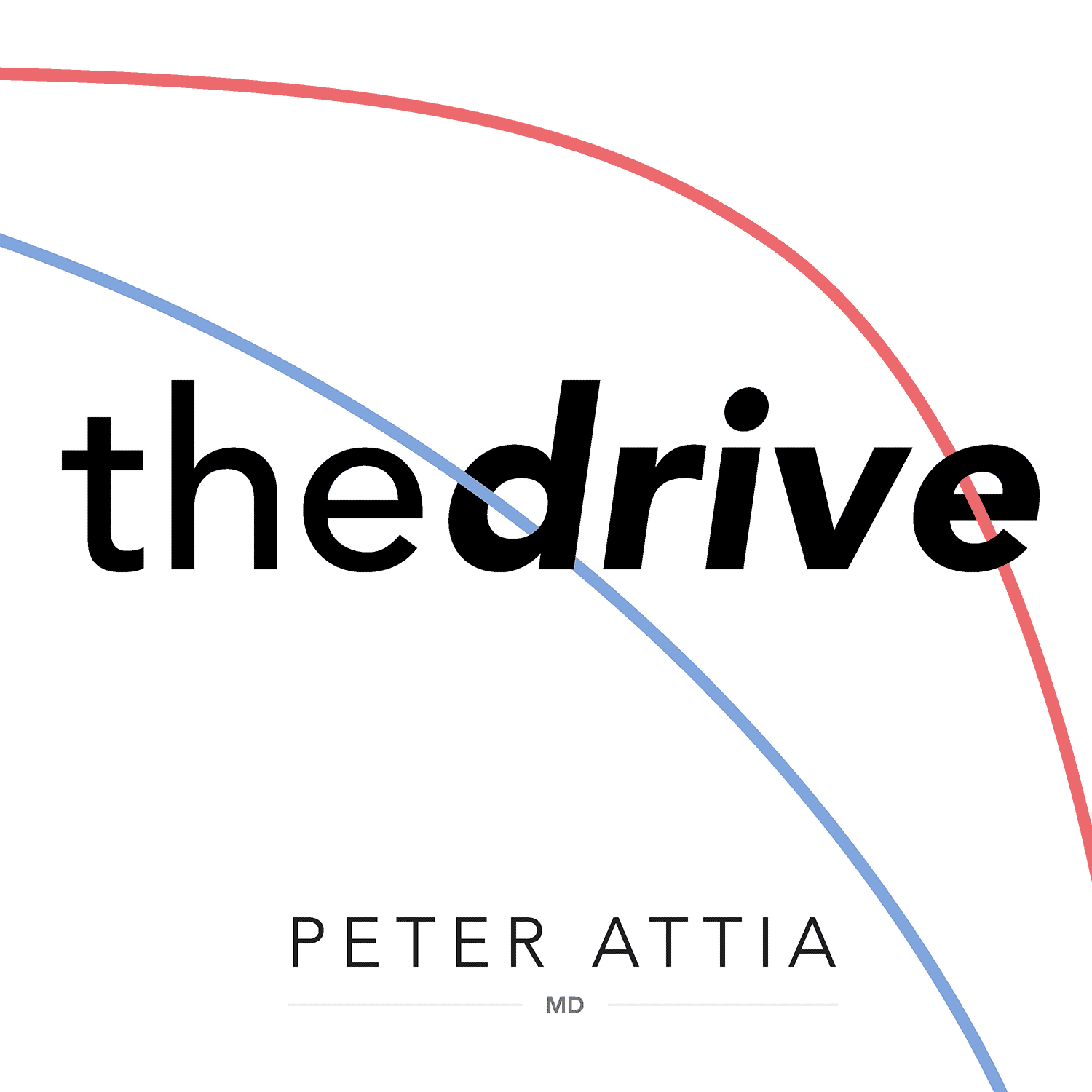
January 6, 2025 • 1hr 57min
#330 – Autism, ADHD, and Anxiety: Understanding the rise in autism and a multidisciplinary approach to diagnosis and treatment of each condition in children | Trenna Sutcliffe, M.D.
The Peter Attia Drive

Key Takeaways
- Autism, ADHD, and anxiety ("the three A's") are behavioral clinical diagnoses based on traits and characteristics - there are no biomarkers or tests
- The prevalence of autism has increased dramatically from 1 in 150 children in 2000 to 1 in 36 in 2020
- Autism has a very high genetic heritability (70-98%) but involves multiple genes and environmental factors
- For ADHD treatment, behavioral parent training is first-line for children under 6; medication plus behavioral training is first-line for ages 6+
- A multidisciplinary, integrated approach combining medical, mental health, and educational support is crucial but often hard to access
- The goal is to understand each child's unique profile and create personalized treatment plans, not just assign diagnostic labels
- There is significant overlap between the conditions - about 50% of kids with autism also have ADHD and 40% have anxiety
Introduction
Dr. Trenna Sutcliffe is a developmental behavioral pediatrician and founder/medical director of the Sutcliffe Clinic in the San Francisco Bay Area. She was the first developmental behavioral pediatrician at Stanford and has over 20 years of experience working with children with autism, ADHD, anxiety and other behavioral challenges. Her clinic takes a multidisciplinary approach, integrating medical care, mental health services, and educational support.
Topics Discussed
Diagnostic Criteria and Assessment (3:15)
The three main conditions discussed - autism, ADHD, and anxiety - are diagnosed based on behavioral criteria and traits, not biological markers or tests. Key factors include:
- Impairment level - symptoms must significantly impact function and daily life
- Multiple environments - behaviors must be present across different settings (home, school, etc.)
- Age considerations:
- Autism can be diagnosed as early as 18 months
- ADHD typically diagnosed at school age (5-6 years)
- Anxiety can present in various forms even in preschool years
Understanding Anxiety and ADHD (9:45)
Dr. Sutcliffe emphasizes looking beyond just symptoms to assess:
- Impact on self-esteem - how symptoms affect child's self-concept
- Social relationships - ability to maintain friendships and peer interactions
- Learning access - ability to engage in and benefit from education
- Family dynamics - effects on home life and family relationships
Evolution of Autism Diagnosis (16:30)
The understanding and diagnosis of autism has changed significantly:
- DSM-5 Changes (2013):
- Combined previous separate diagnoses (Asperger's, PDD-NOS, autistic disorder) into single "autism spectrum disorder"
- Created three levels based on support needs
- Removed language impairment as core requirement
- Current Diagnostic Criteria:
- Social communication differences in three areas
- Restricted interests/repetitive behaviors
- Symptoms present in early development
Rising Autism Prevalence (25:45)
Multiple factors contribute to increased autism diagnosis:
- Environmental Factors:
- Pollution exposure
- Maternal stress and infection during pregnancy
- Parental age
- Placental health
- Genetic Components:
- Multiple genes involved
- Each person has different genetic changes
- Very high heritability (70-98%)
- Diagnostic Changes:
- Broader criteria
- Increased awareness
- Better access to diagnosis
Epigenetics and Environmental Impact (37:15)
Discussion of how environmental factors may affect gene expression:
- Epigenetic changes can alter gene expression without changing DNA sequence
- Possibility of environmental exposures affecting multiple generations through germ cells
- Need for more research to understand transgenerational effects
- Complex interaction between genetic predisposition and environmental triggers
Support Levels and Treatment Access (41:15)
Current classification system has limitations:
- Three support levels:
- Level 1: Requires support
- Level 2: Requires substantial support
- Level 3: Requires very substantial support
- Challenges for Level 1:
- Often don't receive needed support despite having challenges
- May have strong cognitive skills but struggle socially
- Could benefit significantly from early intervention
Treatment Approaches and Interventions (1:13:45)
Discussion of various treatment options:
- ABA Therapy:
- Evolution from discrete trial to naturalistic approaches
- Importance of well-trained providers
- Integration with other interventions
- Parent Training:
- Critical component of treatment
- Helps generalize skills to natural environment
- Empowers families to support development
Medication Management (1:28:30)
Approach to medication for ADHD and related conditions:
- Stimulant Medications:
- Methylphenidate class (Ritalin, Focalin, Concerta)
- Amphetamine class (Adderall, Vyvanse)
- Different release mechanisms for different needs
- Non-stimulant Options:
- Strattera
- Alpha-2 agonists (guanfacine, clonidine)
- Can be used alone or in combination
Future Directions (1:50:45)
Key areas for improvement in the field:
- Access to Care:
- Need for more trained providers
- Better geographic distribution of services
- Improved insurance coverage
- Integration of Services:
- Better coordination between medical and educational systems
- More multidisciplinary approaches
- Focus on whole-child development
Conclusion
The discussion emphasizes the importance of understanding each child's unique profile rather than focusing solely on diagnostic labels. Success requires a comprehensive approach integrating medical care, mental health support, and educational services. While significant progress has been made in understanding and treating these conditions, major challenges remain in providing adequate access to care and support services for all affected children and families.